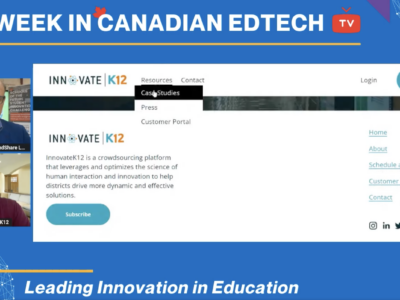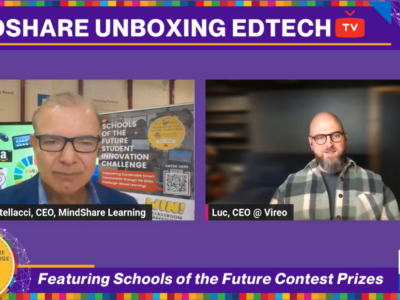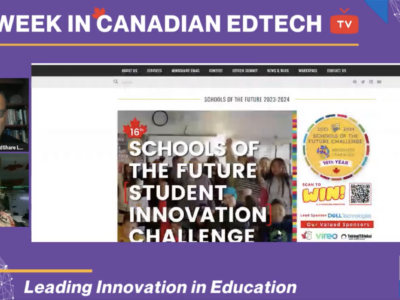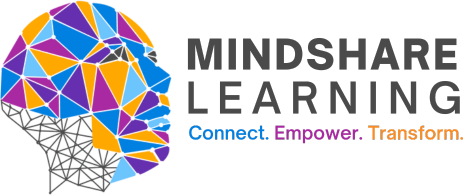Creating and sustaining a Global Classroom or School is much easier today than ever before. We have the technology, the infrastructure, and I think in many cases, the resolve to connect our classrooms and schools with different learning experiences across the globe. In fact, I would argue that every classroom and school should begin to create – if you haven’t already! – a mindset where each teacher and student thinks about the global community and the amazing collaborative experiences that are only a digital connection away!
So how do you create and sustain a Global Classroom and School? The list below is certainly not definitive, but it’s certainly a great place to start! Read through it and start to think about ways in which you might involve your classroom or school in a global adventure!
Create a Global Mindset/Culture in Your Classroom/School
It’s important to establish a mindset and culture in your school where your students are thinking more about global issues and solutions. Have you created multiple opportunities in your class where you have discussed world issues, or issues that are having an impact on your society? As the world continues to evolve, so does the ability to communicate and collaborate effectively with other groups of people. And sometimes simply connecting with these groups of people to discuss common issues and concerns can be powerful. I think, however, that it makes a great deal more sense to discuss solutions as well. Your global mindset and culture become wider and broader, and students become more aware of the complexity of global issues when they start to think critically about the problems in a problem-solving context.
Create a Purpose/Passion/Focus
Connecting with another group of people in a different part of the world means that you should have a clear purpose for this connection. What do you hope to accomplish? Do your students know and understand the purpose of the global relationship that you have facilitated? Have you established success criteria for your connection? Will your students be able to delineate what it is that they’re doing and why? Have you created an atmosphere of excitement? Have you discussed your purpose and focus with the other classroom or school? Do you have a detailed plan and schedule for
Focus on a Big Idea
What ‘big idea’ compels you and your students? Creating a critical thinking and problem-solving context almost necessitates focusing on one big idea rather than many ideas. Creating a multi-layer relationship with another classroom or school that touches on many different ideas can become overwhelming. It can also lead to a feeling of failure if there is no sense of completion. This is why you should keep the ‘big idea’ in the forefront of what you hope to accomplish with your connection.
Connect with the Experts
You don’t have to do this alone! There are an array of experts out there who can help you get started, give you exposure to the world of global connections and problem solving, and help you work through your immediate concerns or issues. Taking It Global is a premier example of a world-class organization that can help you figure out the breadth and width of what a global community is all about and what can be accomplished!
Prepare Your Students
All good teachers know that creating a dynamic learning environment requires a plan. And this plan should be linked to a repertoire of sound teaching and learning principles. Consider approaching this kind of adventure through the lens of inquiry and have your students develop the focus, the expectations, the learning and the success criteria. If they own the adventure, you can expect that there will be a significant impact on teaching and learning!
Involve Your School Community
Right from the outset of this piece I have written about creating a broader learning context than one or several classrooms. If you involve your whole school community in this kind of experience, you create a community that collaborates, communicates and problem-solves together. A school-wide experience means school-wide benefits. Think about inviting other classes to share in an online video conferencing session that you’re hosting, or have your students partner with another classroom to create innovative solutions regarding your ‘big idea’ and the issue that your students are facing in the project. This kind of nurturing creates a dynamic learning environment!
Engage Your Parent Community
It also makes sense to engage your parents. Your parents are great sources of information and can leverage the conversation at home. It also gives your students that idea that solutions can be found outside of the classroom and that their parents are part of your school community.
Get the Equipment
You need technology that is robust! You don’t want to have issues with your technology when you’re in the middle of a project with another global community. Make sure to do your research and get the right kind of equipment that meets your needs for several years. Good technology makes the experience more satisfying, and it enables your students to get the best experience possible.
Do a Trial Run Locally
This is an easy way to ensure that all is working as expected. Connect with another classroom in your school and run through various scenarios to make sure that you avoid those unexpected pitfalls when you connect with another class in another jurisdiction!
Create Continuity
Don’t do a once in a lifetime event. Do it once a month, or more often! Naturally, if you’re involved in a project, then this will happen. But if you’re pulling in experts from various places then make sure your students get the idea that this can be an ordinary course of events.
Bonus! Pass It On!
Share your experiences with your colleagues! Be sure to collaborate with others who may be interested in doing the same, and invite them to co-teach with you so that they too can experience the power of a Global Classroom!









